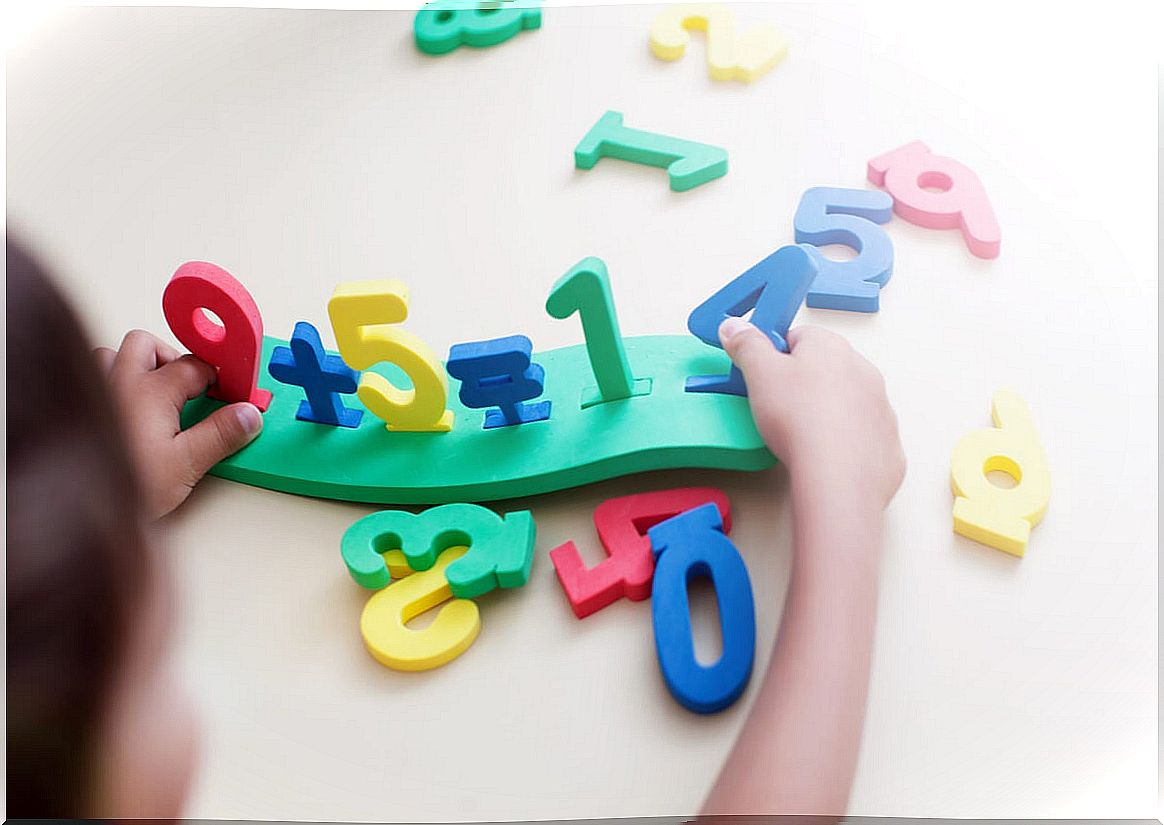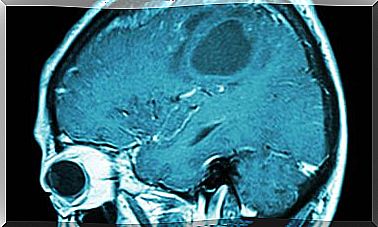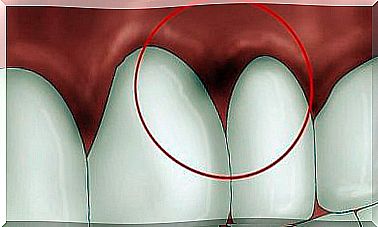What Is Dyscalculia And How To Treat It?
Dyscalculia, like dyslexia, is one of the specific learning disorders. Although it is less well known than the latter pathology, it affects almost the same number of people. It is estimated that its prevalence is between 5 and 10% of the population.
This chronic condition usually shows itself during childhood. It has a great impact on the life of those who suffer from it, since it makes any task that requires using mathematics, even if it is something simple, impossible.
What is dyscalculia?
Dyscalculia, as we have already noted, is a learning disorder. In this case, what happens is that the acquisition of mathematical skills is affected. It is not about mental retardation; in fact, intelligence is usually normal according to the coefficients.
That is, the difficulty becomes noticeable in any area of mathematics, from adding and subtracting to more complex calculations or equations. This is not limited to school subjects, but applies to many other areas of life.
People with dyscalculia may find it difficult to perform tasks such as shopping or cooking. It is difficult for them to estimate the time, the distance of something or remember data with numbers.
Also, many of them do not understand the concepts of major and minor . In fact, in some cases they do not know how to identify numbers with the word: for example, 2 with two .

Causes of dyscalculia
Unfortunately, dyscalculia has been a poorly researched disorder throughout history. However, in recent years great strides have been made and many aspects of it have been discovered.
Thanks to neuroimaging techniques and knowledge about genetics, the possible origin of this disorder has begun to be observed. Researchers don’t know exactly what causes it. They believe that it is partly due to differences in the structure and functioning of the brain.
First of all, it is thought that there are certain genes that may be determining factors in its development. A review article published by the University of Psychology of Colombia points out that one of the related ones is the MYO18B gene. This data is also supported by the fact that the disorder often occurs in different members of the same family and in twin brothers.
On the other hand, certain changes in brain anatomy can be causal. It has been seen that in most children with dyscalculia there are areas of the brain affected, such as the parietal lobe and some regions of the left hemisphere.
What types of dyscalculia are there?
Not all people with dyscalculia have difficulty with the same tasks. This varies depending on which brain areas are involved. In this way, we find the following types:
- Lexical: it consists of the difficulty to read the mathematical symbols.
- Verbal: prevents naming quantities, terms and mathematical symbols.
- Graphics: what cannot be written is neither the figures nor the signs.
- Operational: consists of the impossibility of carrying out operations, such as adding or subtracting.
- Practognostic: refers to the inability to manipulate or compare objects mathematically.
How is it treated?
The problem is that, to date, no exact solution is known for this pathology. In addition, in many people it coexists with other disorders, such as attention deficit or anxiety.
As it is a condition that is usually detected during childhood, the first challenge is to try to ensure that these people have adapted teaching. They should not be marginalized, but should be given support and options to manage certain situations.
Today, technology is mostly used to help patients. There are different applications and graphical tools that are very useful. For children, multisensory instruction is used.
It is a teaching method that combines all the senses so that they can understand certain mathematical symbols and numbers. In the same way, they should be taught to relate the concepts. For example, helping them understand the number 2 by taking two steps or two claps.

To remember about the disorder
What we must bear in mind is that this disorder is quite common. It can affect everything related to mathematics, from difficulty naming quantities to not being able to write numbers or signs.
The treatment of dyscalculia is complex. It must be approached in a multidisciplinary way and managed by specialists, including teachers who, from infancy, try to help children understand certain useful and necessary concepts on a day-to-day basis.









